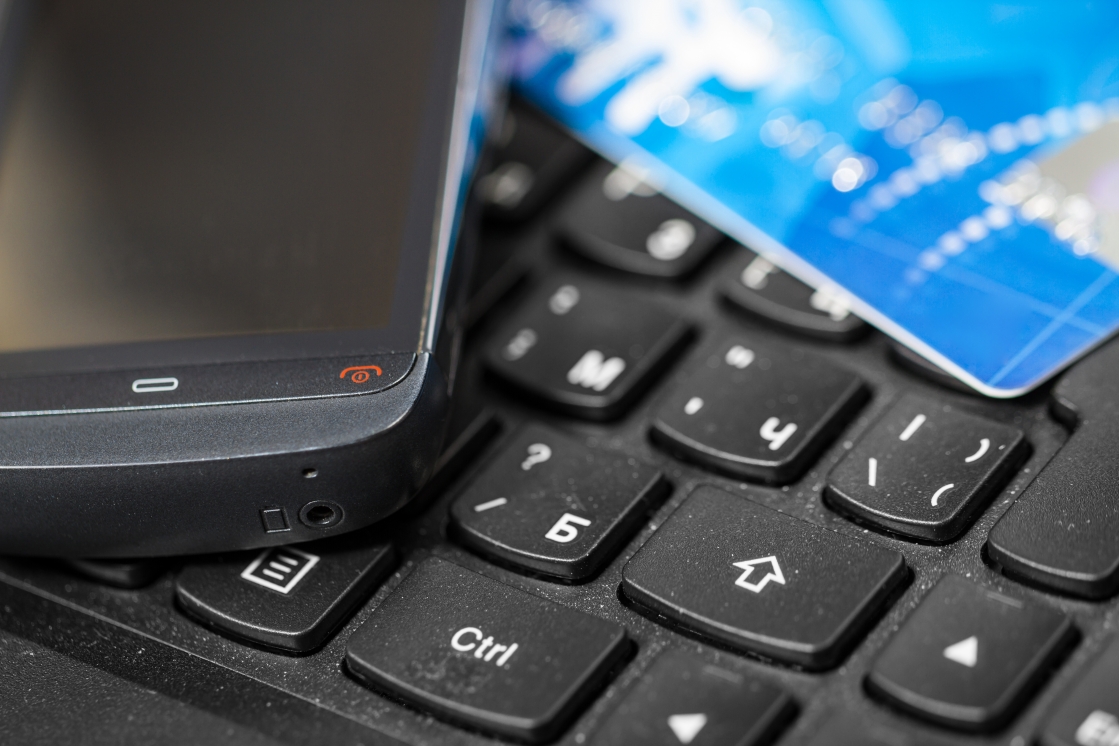Is your smartphone safe from malware?

Cybersecurity is one of the most talked about areas of information technology. But when we think of IT security, do we think of mobile technology?
Mobile devices have become the newest front for cybercriminals. Through malware and other cyber tools, criminals are increasingly gaining access to your valuable information. As you are uploading a picture of your cat, they could be illegally downloading a packet of your personal information.
Yet, because mobile technology is too important to give up, increasing security is required to be safe, responsible and smart online.
Rise of mobile technology
Devices such as smartphones have become commonplace in the lives of people around the world as these devices have facilitated the faster movement of information between people, businesses and organisations.
The Boston Consulting Group found that mobile-related data speeds have dramatically increased due to leaps in technological innovation. For instance, 4G networks are 12,000 times faster at transferring data than older 2G systems.(1)
Consumers have not been blind to the considerable advantages that mobile technology can offer. Customer adoption of 3G and 4G standards has been faster than any other technology, the Boston Consulting Group found. In less than 15 years connections have increased to approximately 3 billion, while they are forecast to hit 8 billion by 2020.(1)
Mobile technology is not only here to stay, it may also become the preeminent communication platform used throughout the world.
Is cybersecurity an issue for mobile devices?
When we think of cybersecurity the majority of people think of desktops, tablets, laptops and larger IT resources such as servers.
According to a 2015 CTIA survey, 75 per cent of respondents associated cybersecurity with safeguarding their passwords and personal data from identity crime, staying safe online and defending their digital devices from encroachment.(2)
However, if we break the 75 per cent up, only 16 per cent believed cybersecurity encompasses safeguarding all electronic devices from unauthorised access.(2)
Further, of the 83 per cent who were in some way familiar with cybersecurity, only 4 per cent believed it to mean defending against malware and spyware.(2)
As much as mobile cybersecurity has developed in the last five years, it is still lacking the awareness other forms have galvanised. These low numbers reflect the widely held belief that mobile devices are somehow inherently secure.
According to a McAfee 2015 report on mobile cybersecurity, total malware found on mobile devices has increased to 6 million in 2014, which is a rise of 14 per cent since Q3 2013. (3)
To help you protect your mobile device, here are four ways to keep your personal information secure.
1) It all starts with the user
Cybersecurity is as much about the material world as it is about the digital realm. Changing a user's actions, practices and mentality is an important way to increase the security of a mobile device.
Approaches involve limiting how many apps you download and where you get them from. This means avoiding third-party app stores and sticking to reputable sources such as Google Play or Apple's app store.
When people take responsibility for their own digital security, they can stay safe while in the cyber landscape.
2) Research, research, research
As the rate of unsafe apps continue to grow, it is important to know what is secure and what is dangerous.
Learning about application vulnerabilities can help identify which apps may and may not be downloaded. Vulnerable apps are not those with malware, but instead they can leave devices open to infection.
Security experts regularly publish information on new vulnerabilities. For instance, the popular South Korean app Smart Sheriff was recently pulled from stores because security specialists raised concerns about the application's ability to protect users' information.(4)
Protecting personal information is a proactive and ongoing process, ensure you keep up to date with the vulnerabilities of applications to stay ahead of the curve.
3) Know what risks look like
While out and about it might seem like a good idea to pull out your smartphone and connect to a public wireless network in the vicinity. People tend to be persuaded by the free access and their proximity to their own data limit.
Depending on what you plan on doing, connecting to a free public wireless network could end up being a major problem.
Avoid using this kind of network if you are going to send or receive sensitive information and data. But if you are just going to browse an online newspaper or check the football scores, connect away.
It is important to be able to identify threats to your personal information when they arise, such as staying away from digital networks that may facilitate cyber risk.
4) Use a security app
More than simply antivirus software, these applications are usually a package of tools that work together to increase the security of your device.
However, protection should not stop there; making sure your phone is not the target of a cyberattack is just one way to secure your personal information.
To be properly protected, you will also need to ensure your information is not being traded or exchanged online. To accomplish this, you could enlist the help of Identity Watch, who will watch key forums and locations on the Internet where personal information tends to be traded.
Talk to Identity Watch today and take a proactive approach to the security of your valuable information.
1 The Mobile Revolution. The Boston Consulting Group. Accessed 19/11/2015.
2 Cybersecurity survey results. CTIA. Accessed 19/11/2015.
3 McAfee Threats Report February 2015. McAfee Labs. Accessed. Accessed 19/11/2015.
4 Are the Kids Alright? Digital Risks to Minors from South Korea's Smart Sheriff Application. Citizen Lab. Accessed 20/11/2015
